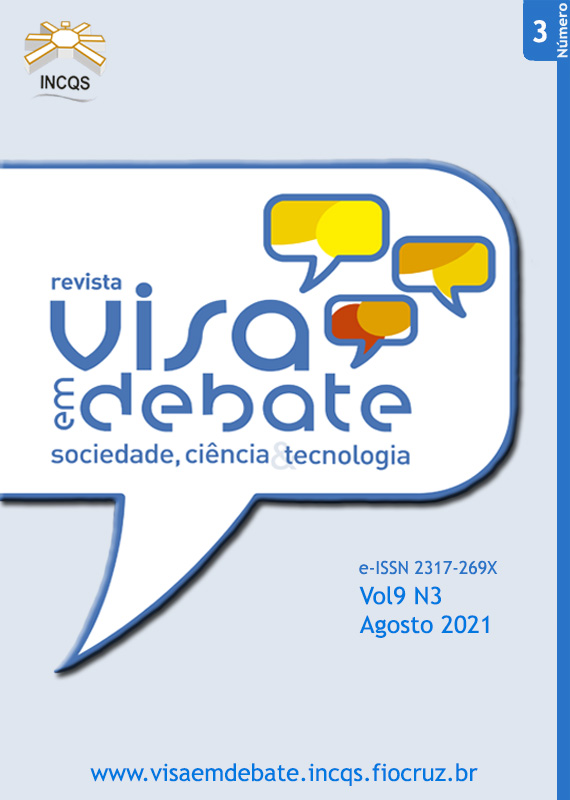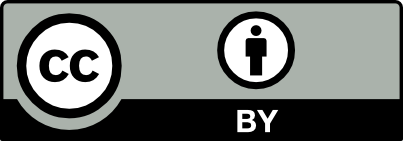Microscopic quality of lettuce (Lactuca sativaL.) from different cultivation forms and minimally processed marketed in municipalities in the northeast and metropolitan regions of the state of São Paulo
DOI:
https://doi.org/10.22239/2317-269X.01757Keywords:
Lettuce; Parasites; Quality Control; Microscopy; Food AnalysisAbstract
Introduction: Currently, lettuce (Lactuca sativaL.) stands out for being the most consumed vegetable in Brazil. In public health, most etiologic agents of enteric diseases are transmitted through contaminated fruits and vegetables. Objective: To verify the quality of lettuces, through microscopic analysis, comparing the results of the different types of cultivation and processing. Method: 84 samples of lettuce produced by three cultivation methods (traditional, organic, hydroponic) and minimally processed lettuce, commercialized in municipalities in the northeast and metropolitan regions of the state of São Paulo, were analyzed. The research of macroscopic foreign matter was first carried out; later, to verify the presence of parasitic structures and other microscopic foreign matter, a spontaneous sedimentation technique was used. Results: The results revealed that the lettuce samples of the three types of cultivation showed a high occurrence of foreign matter (total of 87.0% positive samples), as well as the presence of parasites (total of 20.0% positive samples). Regarding minimally processed lettuce, the percentage of positivity for the presence of foreign matter and parasites was 58.0%. For this type of product, lower rates were expected, given that they are products previously cleaned and ready for consumption. Conclusions: The results of the present study alert to the importance of cleaning procedures for different types of lettuce cultivation prior to consumption. Regarding minimally processed lettuces, the results show that corrective actions must be taken in the sanitation process by producers and / or traders. As for laboratory analysis, it is still necessary to constantly improve analytical methods that enable better detection of parasites in food.
Downloads
Downloads
Published
Issue
Section
License
Copyright (c) 2021 Health Surveillance under Debate: Society, Science & Technology (Vigilância Sanitária em Debate: Sociedade, Ciência & Tecnología) – “Visa em Debate”

This work is licensed under a Creative Commons Attribution-NonCommercial 4.0 International License.
COPYRIGHT ALLOWANCE The author (s) hereinafter designated as the ASSIGNOR hereby assign and transfer, free of charge, the ownership of the copyrights related to this ARTICLE to the Vigilância Sanitária em Debate: Sociedade, Ciência & Tecnologia (Health Surveillance under Debate: Society, Science & Technology) – Visa em Debate, represented by FUNDAÇÃO OSWALDO CRUZ, established at Av. Brasil, nº 4365, Manguinhos, Rio de Janeiro, RJ, Brazil, CEP 21045-900, under the conditions set out below: (a) The terms and conditions set forth in this Agreement shall apply to the following: 1. The ASSIGNOR declares that they s(he) is (are) the author (s) and owner (s) of the copyrighted property of the ARTICLE submitted. 2. The ASSIGNOR declares that the ARTICLE does not infringe the copyrights and / or other property rights of third parties, that the disclosure of images (if any) has been authorized and that they s(he) assume(s) full moral and / or property liability for its content, before third parties. 3. THE ASSIGNOR assigns and transfers all copyrights relating to the ARTICLE to the ASSIGNEE, especially the rights of editing, publication, translation into another language and reproduction by any process or technique. The ASSIGNEE becomes the exclusive owner of the rights related to the ARTICLE, and any reproduction, totally or partially, is prohibited in any other means of publicity, printed or electronic, without prior written authorization from the ASSIGNEE. 4. The assignment is free and, therefore, there will be no remuneration for the use of the ARTICLE by the ASSIGNEE.







